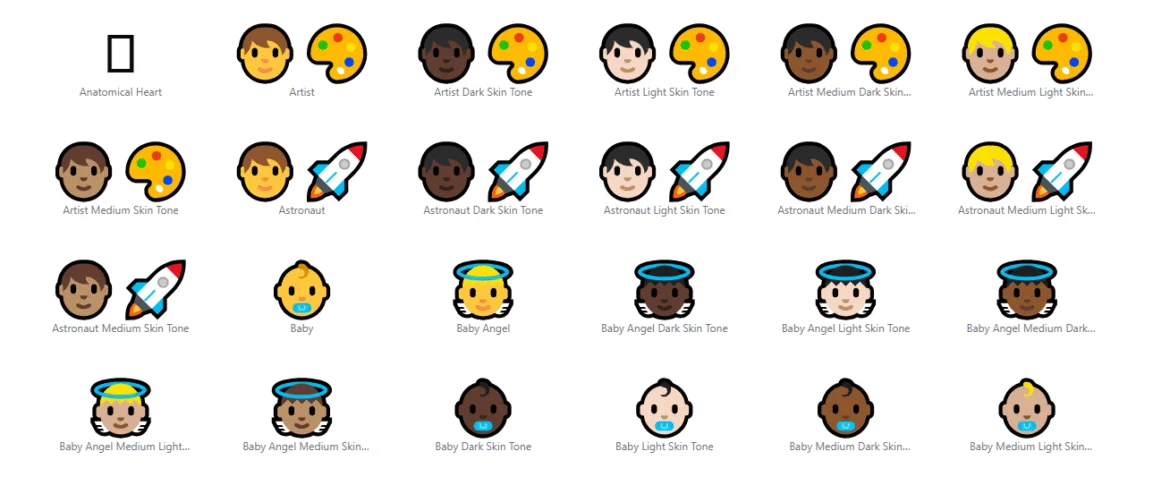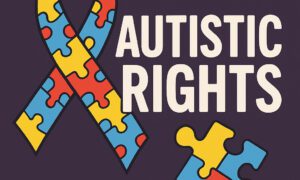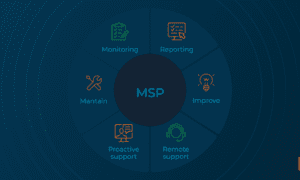In today’s fast-paced digital world, emojis have evolved into much more than just cute icons added to text messages. They have become a visual language that transcends barriers of age, culture, and even literacy. Whether it’s to express laughter, love, sadness, or sarcasm, emojis help us say what words often can’t. Among the hundreds of emojis we use daily, two stand out for their depth and relatability — the persevering face emoji and the relieved face emoji.
But what do these emojis mean? Why do they resonate so deeply with our emotional experiences? And how are they shaping digital communication in ways we often don’t realize?
Let’s dive deeper into the subtle power of emotional expression through emojis.
The Rise of Emotional Intelligence in Digital Conversations
Text-based communication has always had one fundamental limitation — the absence of tone and emotion. A simple sentence like “I’m fine” can mean very different things depending on how it’s said. Emojis fill in that emotional gap, giving users a tool to clarify intention and inject personality into flat text.
As digital communication becomes the norm across platforms — from social media and dating apps to workplace chats — emotional intelligence is becoming increasingly important. Emojis help facilitate that by allowing people to show empathy, frustration, relief, or resilience in a single image.
This is where emojis like the persevering face emoji and the relieved face emoji come into play. They’re not just symbols; they’re digital emotions we all relate to.
What the Persevering Face Emoji Means
On the surface, the 😣 persevering face emoji may look like a face in pain or stress, but it represents something far more complex. It’s the digital embodiment of trying your best even when things aren’t going your way.
People commonly use this emoji in scenarios like:
- Struggling but not giving up: Whether you’re cramming for an exam or trying to meet a tough work deadline, this emoji reflects silent determination.
- Emotional overwhelm: Sometimes life gets too much — this emoji acknowledges that burden without being overly dramatic.
- Internal conflict: It often accompanies texts where someone is torn between choices, silently battling expectations or pressure.
Because of its multi-layered meaning, the persevering face emoji often trends during exam seasons, tough job markets, or emotionally challenging global events. It captures the human spirit of holding on — just barely — and hoping for the best.
Understanding the Relieved Face Emoji in Context
On the flip side, the 😌 relieved face emoji tells a completely different story — one of emotional release, inner peace, and quiet satisfaction. It’s often used when a stressful situation is finally over, or when someone is feeling grateful for a smooth outcome.
Common scenarios for this emoji include:
- After receiving good news: It’s the perfect response when a test result turns out better than expected or when a delayed flight finally gets scheduled.
- Escaping a near-miss: Like getting home safely after driving in bad weather or avoiding a social mishap.
- Letting go of tension: Used to express calm after anxiety or peace after an argument.
In a world where mental health awareness is growing, the relieved face emoji serves as a gentle digital reminder that it’s okay to take a breath and just be.
Why We Relate So Deeply to These Emojis
Unlike more direct emojis (like the laughing face 😂 or heart ❤️), the persevering face emoji and relieved face emoji tell emotional stories without words. They’re not about actions — they’re about states of mind. These kinds of emojis connect with us because they mirror real moments that we often don’t know how to express.
Many users say these two emojis feel more “human” because they reflect the in-between emotions — not full-blown happiness or sadness, but the gray areas where most of us live daily.
This depth allows people to:
- Express vulnerability: Something that’s often hard to do in direct language.
- Maintain emotional privacy: You can imply you’re struggling or recovering without needing to explain everything.
- Build connection: Shared use of such emojis builds empathy, showing you’re not alone in your feelings.
Emojis and the Evolution of Mental Health Awareness
In recent years, the way we talk about emotions — especially mental health — has drastically changed. More people are now aware of concepts like anxiety, burnout, emotional fatigue, and resilience. Emojis have naturally found their place in these conversations.
When someone tweets about having a hard day and ends it with a persevering face emoji, it often draws responses of support. Likewise, when a person texts “Finally done with the week 😌,” the relieved face emoji sends a clear message of emotional decompression — and readers instantly get it.
They may seem simple, but these symbols help normalize emotional expression in everyday digital life.
Cultural Variations in Emoji Use
Interestingly, the interpretation and popularity of emojis like these also vary across cultures and age groups. In some cultures, restraint is valued, and the relieved face emoji might be used more often to indicate subtle contentment. In others, the persevering face emoji may carry a humorous tone, used sarcastically to comment on minor struggles like “trying not to finish the whole pizza 😣.”
For younger users, especially Gen Z, these emojis form part of a larger system of meme-like shorthand. They’re woven into internet culture in ways that combine irony, relatability, and self-awareness.
Brands and Emojis: Speaking the Language of Emotion
Even brands have started incorporating emotionally driven emojis to communicate more authentically with audiences. When used correctly, they can humanize marketing messages and create a sense of relatability.
For instance, a wellness brand might use the relieved face emoji when talking about stress relief techniques. A tutoring service might add the persevering face emoji in a motivational post during exam season. These subtle touches make the content feel less like advertising and more like a real conversation.
How to Use These Emojis More Effectively
Using emojis well is a bit of an art. Too few, and your message can feel dry. Too many, and it becomes difficult to take seriously. When using emojis like the persevering face emoji and relieved face emoji, timing and context are everything.
Here’s how to use them meaningfully:
- Make it match the message: Don’t throw in a relieved face after sharing bad news — it may come off as tone-deaf.
- Use sparingly for impact: These are emotional symbols. Use them when they add depth, not just decoration.
- Align with your tone: Emojis should reinforce what you’re saying, not distract from it.
When in doubt, think of emojis as punctuation for your emotions. A well-placed emoji can say what a whole paragraph cannot.
Final Thoughts
The world of emojis is constantly expanding, but some icons stay relevant because they speak to universal truths. The persevering face emoji and relieved face emoji reflect two very human experiences — enduring and exhaling. They remind us that even in a digital world, emotion is still at the core of how we connect.
So next time you’re stuck in a tough moment or finally coming out on the other side, don’t underestimate the power of a small yellow face to say it all.
In a world that moves fast, emojis slow us down just enough to feel.





























